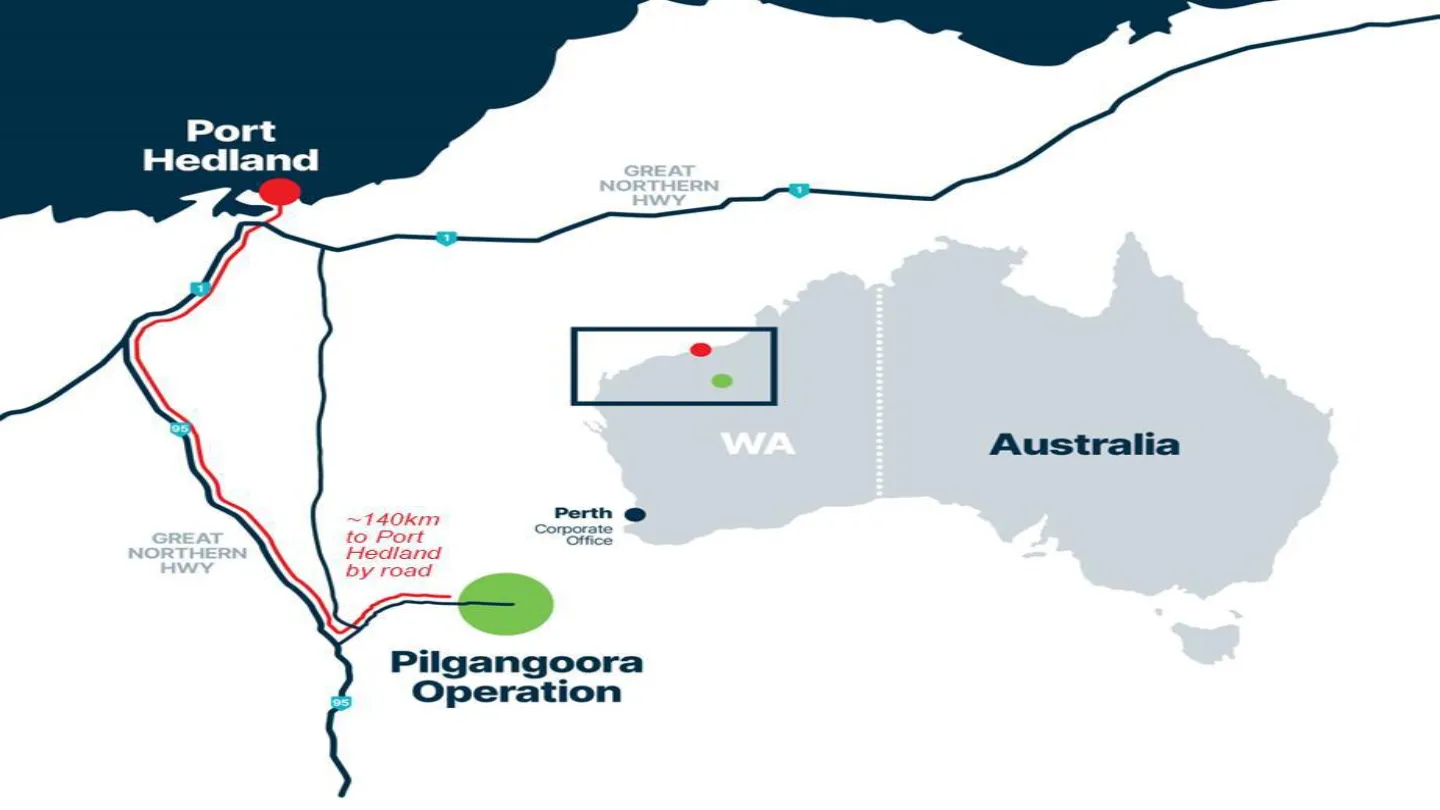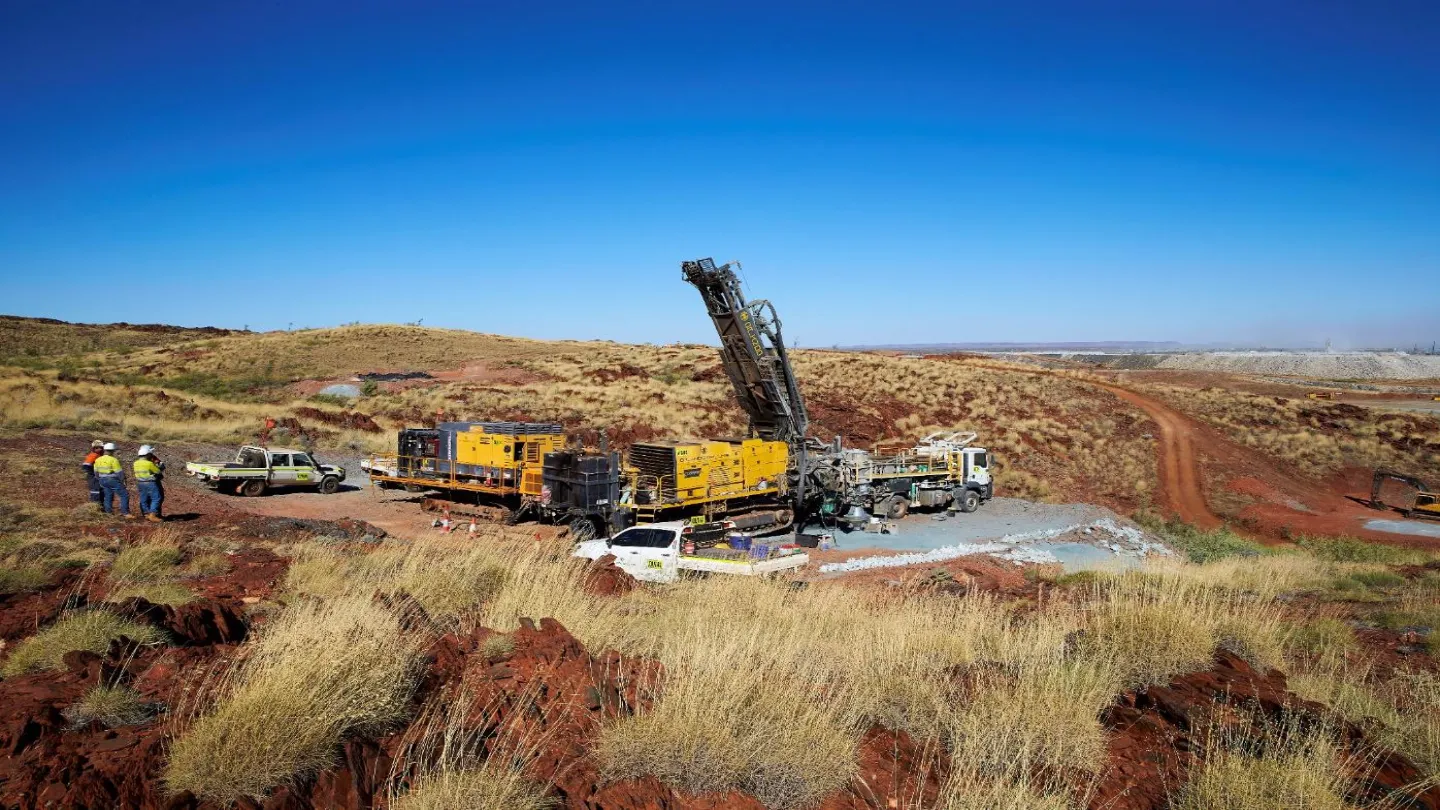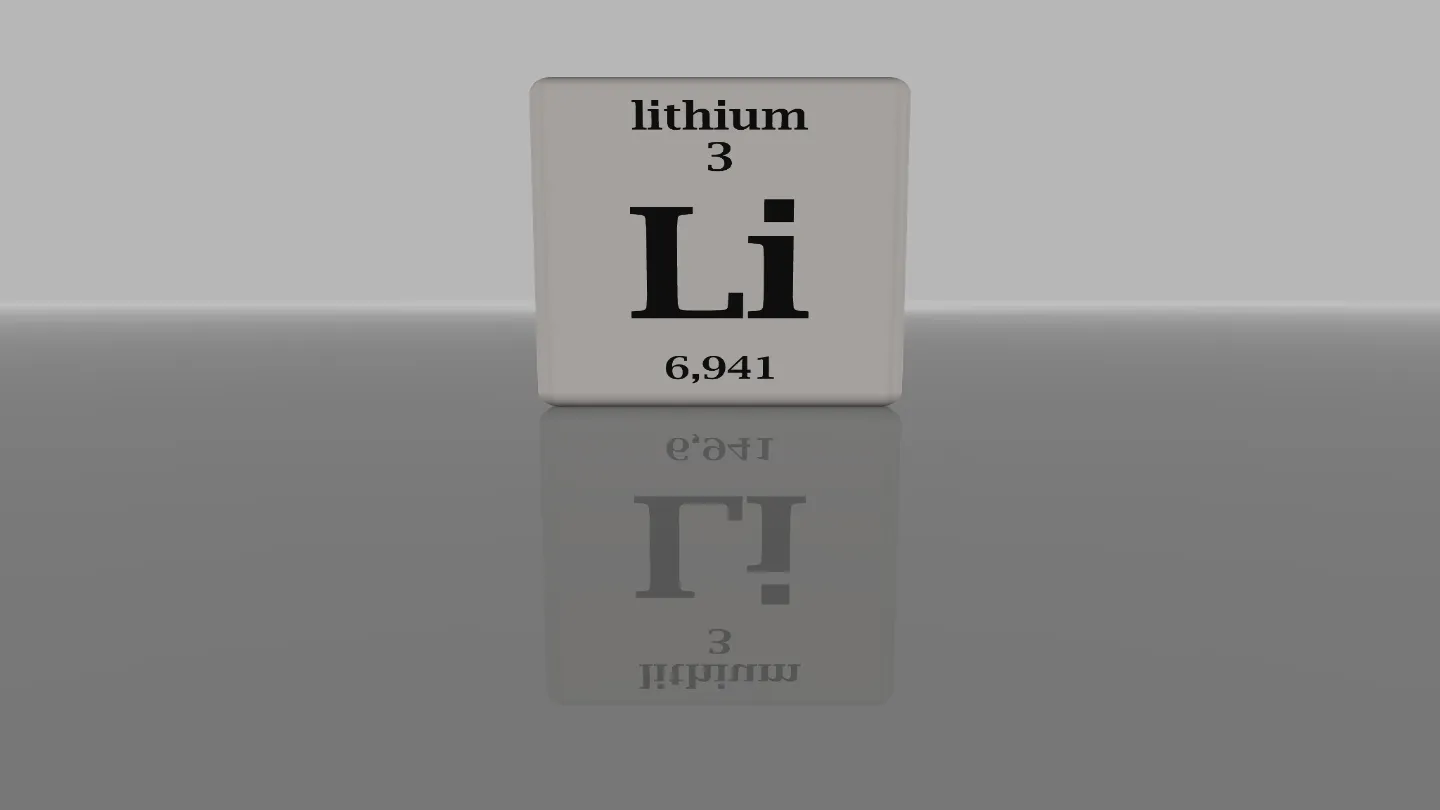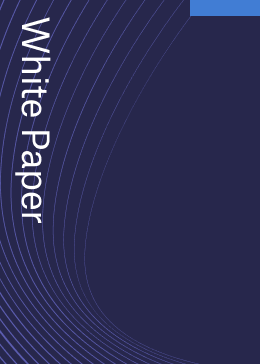Pilgangoora Operation in Western Australia hosts one of the largest hard-rock lithium deposits in the world. The expansion, dubbed P2000, is a planned project to scale up spodumene concentrate production from the deposit.
In June 2024, Australian lithium and tantalite mining company Pilbara Minerals, the owner and developer of the Pilgangoora project, released the results of a pre-feasibility study that concluded that the production capacity at Pilgangoora Operation could be expanded to more than 2.0 million tonnes per annum (tpa) of lithium.
The company is conducting a feasibility study for P2000 with outcomes expected in the December Quarter of 2025. Subsequently, Pilbara Minerals may proceed with a potential final investment decision (FID) on the project.
Pilgangoora Operation Background
Pilgangoora is located in the resource rich Pilbara region of Western Australia, around 140km to the port of Port Hedland. The mine is situated on Nyamal and Kariyarra traditional lands.
The Pilgangoora pegmatite field was first discovered in 1905. Different companies intermittently mined on the area until 1975 for alluvial tin and tantalite before it transitioned to larger-scale alluvial operations. Exploration activities targeting rare metals, gold, and base metals were also carried out at the site.
In 2014, Pilbara Minerals acquired Pilgangoora project.
At that time, the project included five tenements including two Exploration Licences (EL45/2232 and EL45/2241) and three Mining Leases (M45/78, M45/333 and M45/511) over an area of 31km2.
It commenced production in 2018. The operation includes two processing plants- the Pilgan Plant- to produce spodumene and tantalite concentrates, and the Ngungaju Plant to deliver spodumene concentrate.
Pilbara has increased production from the Pilgangoora gradually. It is expected to achieve a nameplate production rate of 1Mtpa following completion of the P1000 Project during Q3 2025.
Pilgangoora Operation Reserves
In August 2023, Pilbara Minerals announced a 35% increase in total Ore Reserves at Pilgangoora, compared with the June 2022 Ore Reserve statement.
It is estimated to contain proven and probable reserves of 214.2Mt grading 1.19% Li₂O, 103 parts per million (ppm) Ta₂O5, containing 4.8Mt of lithium oxide and 102 million pounds of Ta2O5.
The updated figures are based on the updated Mineral Resource of 413.8Mt grading 1.15% Li₂O and 112ppm Ta2O5, containing 4.8Mt of lithium oxide and 102 million pounds of Ta2O5.
Pilgangoora Operation Expansion Details
The P2000 PFS concluded that production at Pilgangoora Operation could be expanded to more than 2Mtpa with an average forecast annual spodumene concentrate (SC) production for the first ten years of 1.9Mtpa (SC 5.2% grade). The expansion will deliver more than 2Mtpa over the first six years following the ramp up.
The expansion will involve increasing ore supply rate to 12.4Mtpa and building a third onsite concentrator. Increasing the mining rate will also require expanding a bulk waste fleet.
The operations would primarily remain the same and involve drilling and blasting, with changes to stage designs and bench heights to enable increased mining rates.
The PFS also assessed land availability for waste storage and found that there is sufficient land within current tenements to build the required waste landforms.
Based on the current Pilgangoora ore reserves, the P2000 production run rate will reduce LOM from 34 years to 23 years.
Mine life may be extended by identifying mining opportunities from the prospective East Extension and Central Extension areas.
The engineering studies and metallurgical test work conducted support a ‘whole of ore’ flotation flowsheet designed specifically for the ore body. A subset ore feed containing 0.9-1.2% Li₂O for the new plant will deliver an average lithium recovery rate of 67.5%.
The proposed flowsheet includes building a crushing and ore sorting circuit similar to that used in the P680 Expansion Project, a whole of ore comminution circuit, and a pre-flotation magnetic separation circuit with provisions for tantalum by-product recovery.
According to the PEA, the plant will be capable of processing ore feed with higher levels of host rock dilution, boosting bulk mining operations.
This will enable the Pilgan processing plant to treat higher grade coarse ore feeds maximising lithium ore recoveries.
The new processing plant would be developed beside the existing Pilgan plant, enabling it to utilise key existing infrastructure and facilities.
The report assumes the commencement of the P2000 expansion project in 2028.
P2000 Expansion Infrastructure
The Pilgangoora Operation expansion will include certain additions to existing infrastructure at the site.
Apart from building the third onsite concentrator, this will involve the construction of mining fleet permanent maintenance facilities and a new storage and outloading facility at the port facility at Lumsden Point.
The construction will be advanced independently of the P2000 project.
Pilbara also plans to increase power supply to the site to meet the proposed ore flotation flowsheet power intensity per tonne for P2000. It will assess the feasibility of renewable power use and associated grid infrastructure to reduce emissions from the operation.
The feasibility study will evaluate additional power requirements for P2000. The study will also assess potential water supply options including increased borefield supply and dewatering of tailings from the processing facilities.
Cost Estimate
The PFS estimated that P2000 Project will entail a total capital cost of A$1.2bn ($750m), including contingencies of A$308m.
The process facility will cost A$514m. The plan estimated that tailings, and workshops and utilities will involve investment of A$74m and A$106m, respectively.
The study earmarked around A$191m as owner’s costs and common costs and services.
Pilbara, if it proceeds with the Pilgangoora expansion, plans to fund from the company’s cash balance, cashflows from existing production, new loan facilities or other sources. It will again review funding options for P2000 following completion of the FS and FID.
It has commenced initial discussions to explore different funding options and has already received non-binding Letters of Support from Australian Federal Government financing agencies for up to A$400m for the project.





